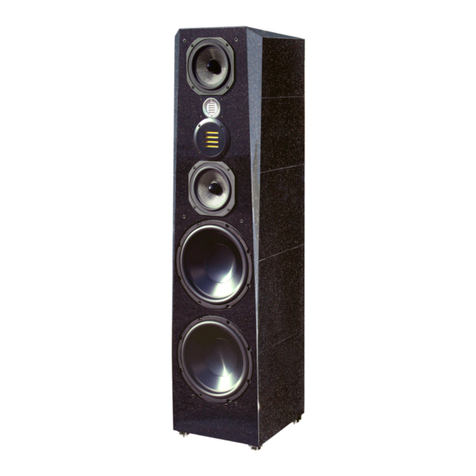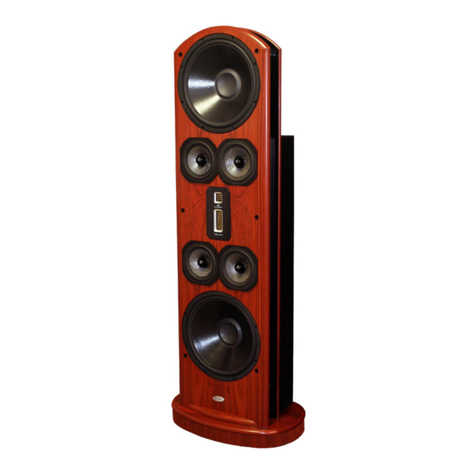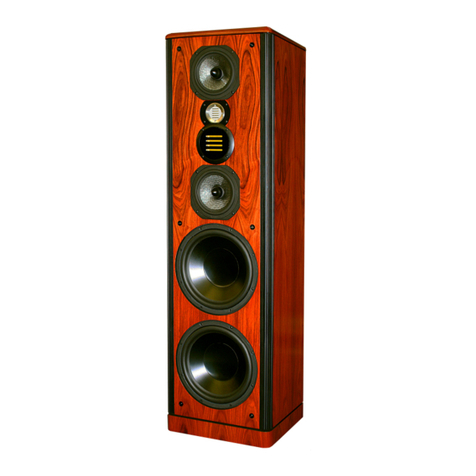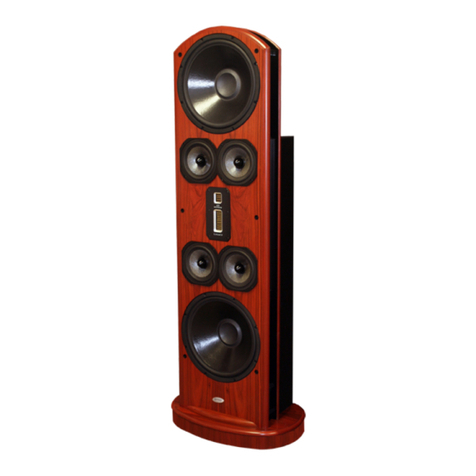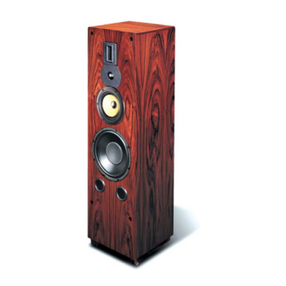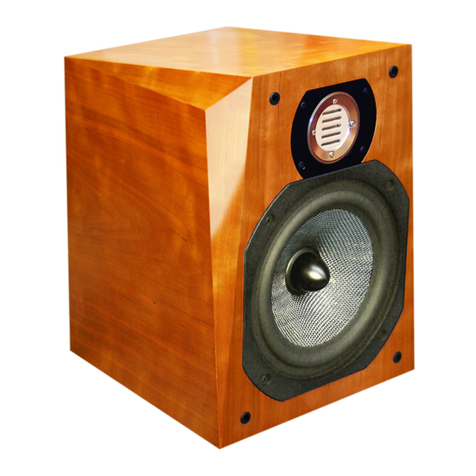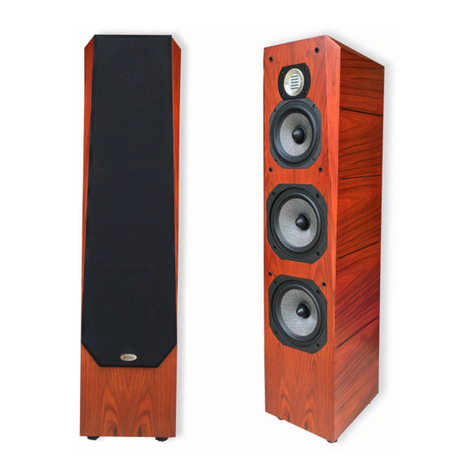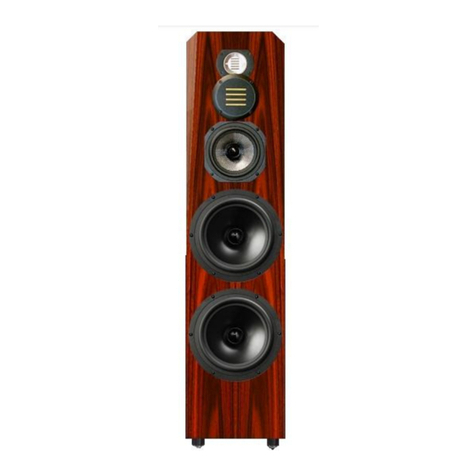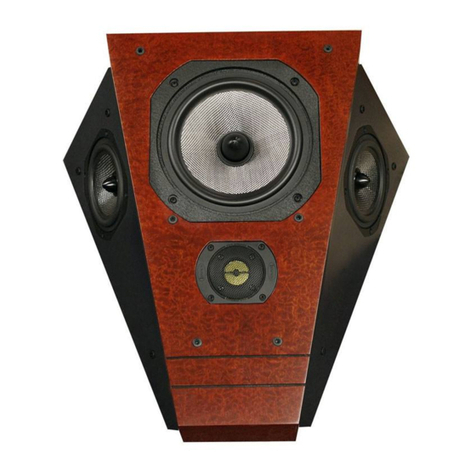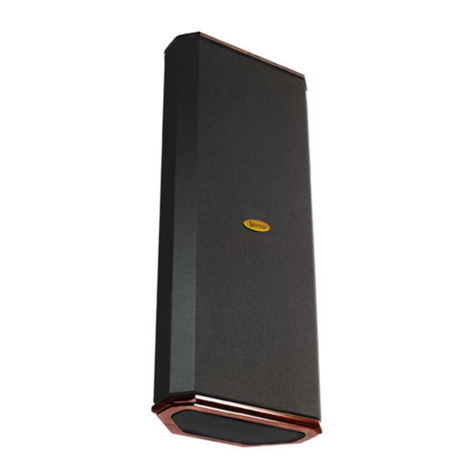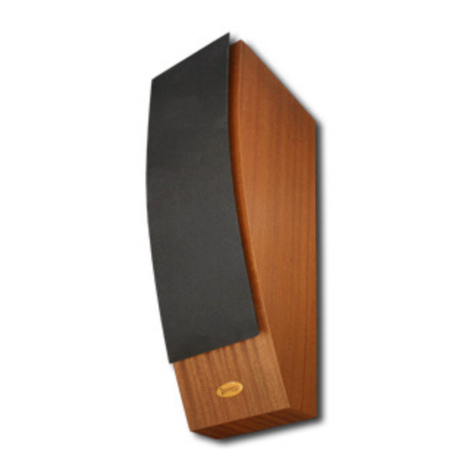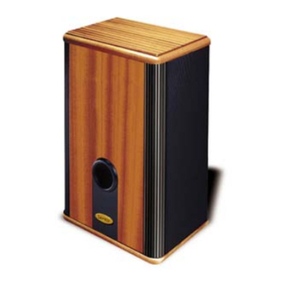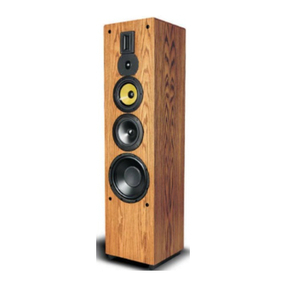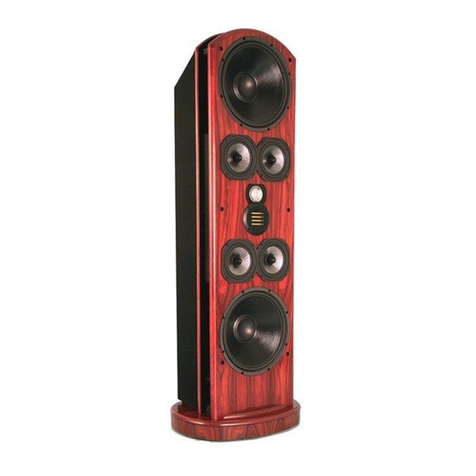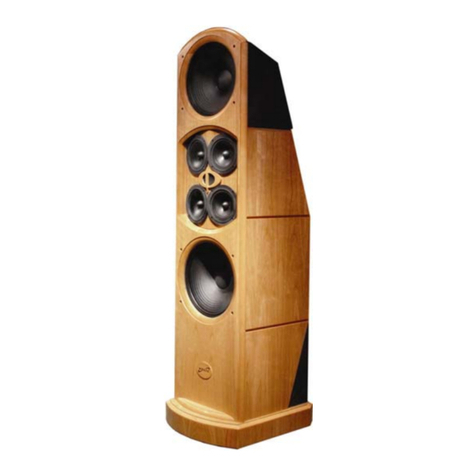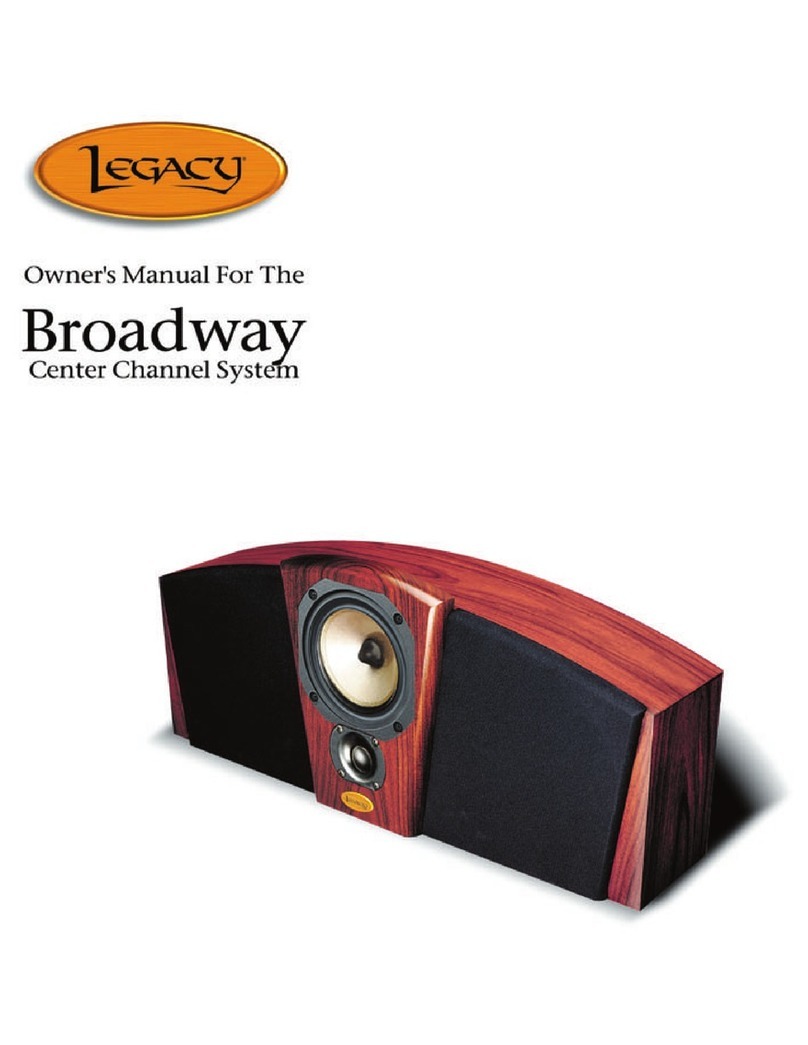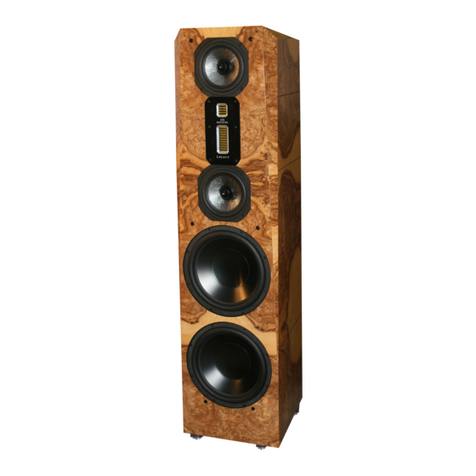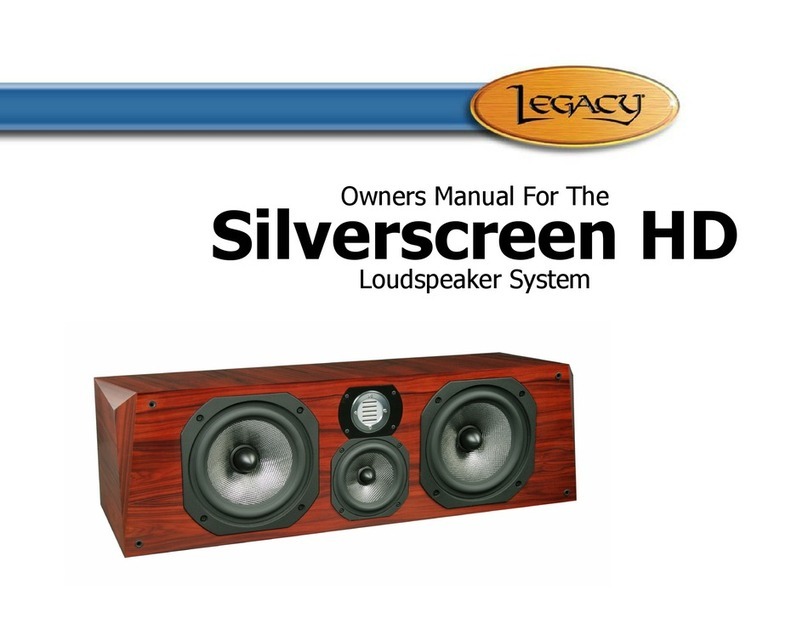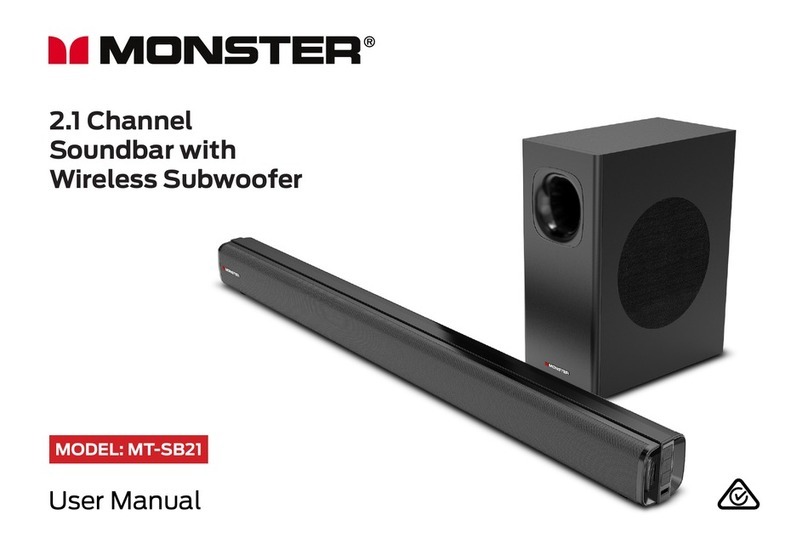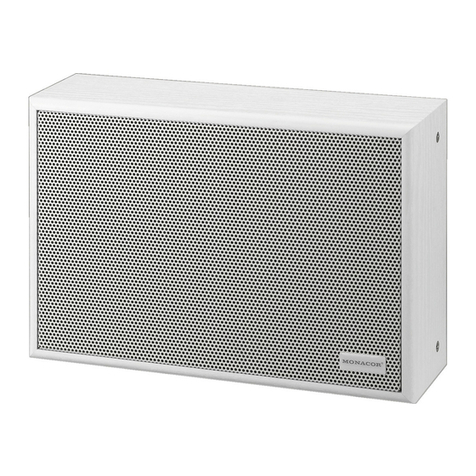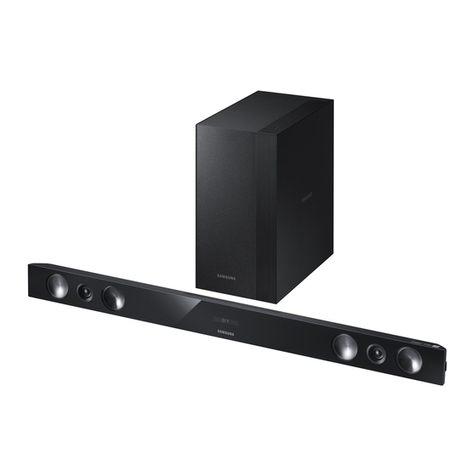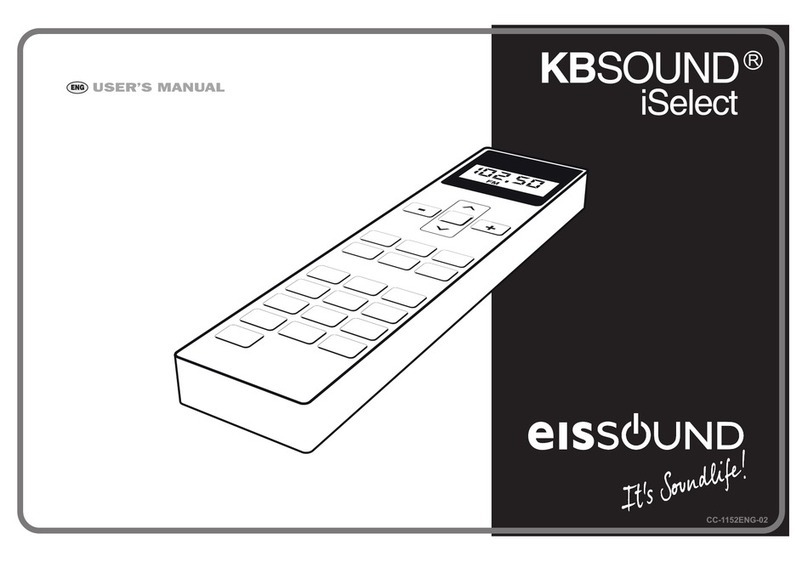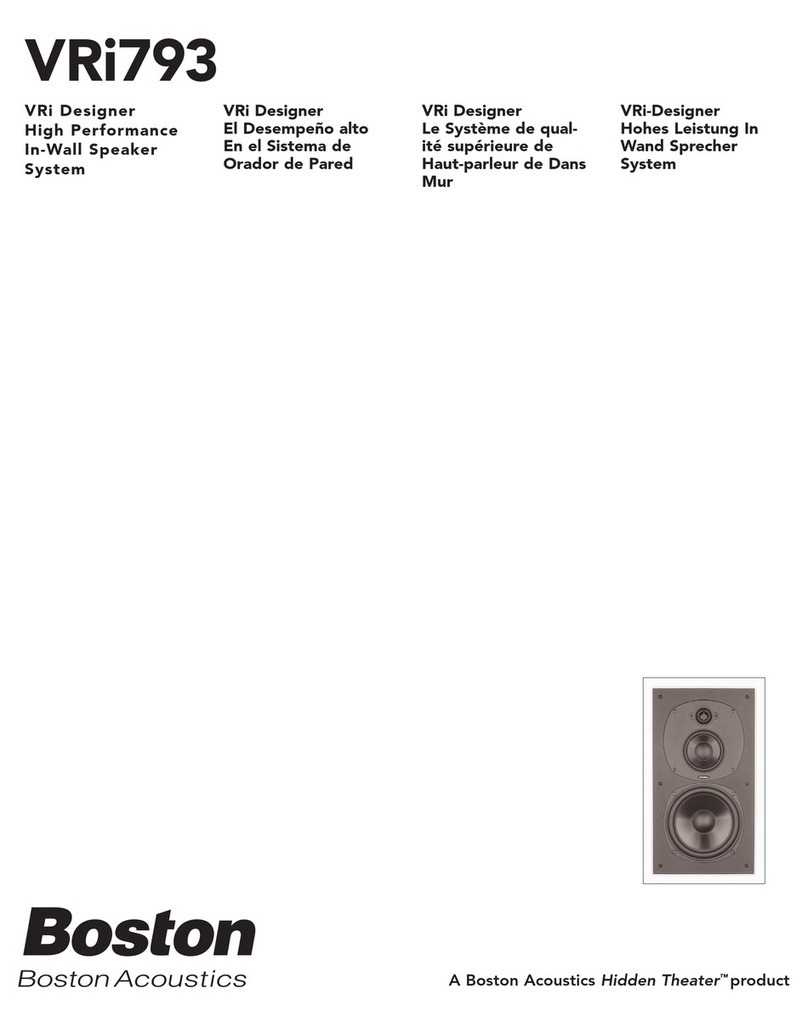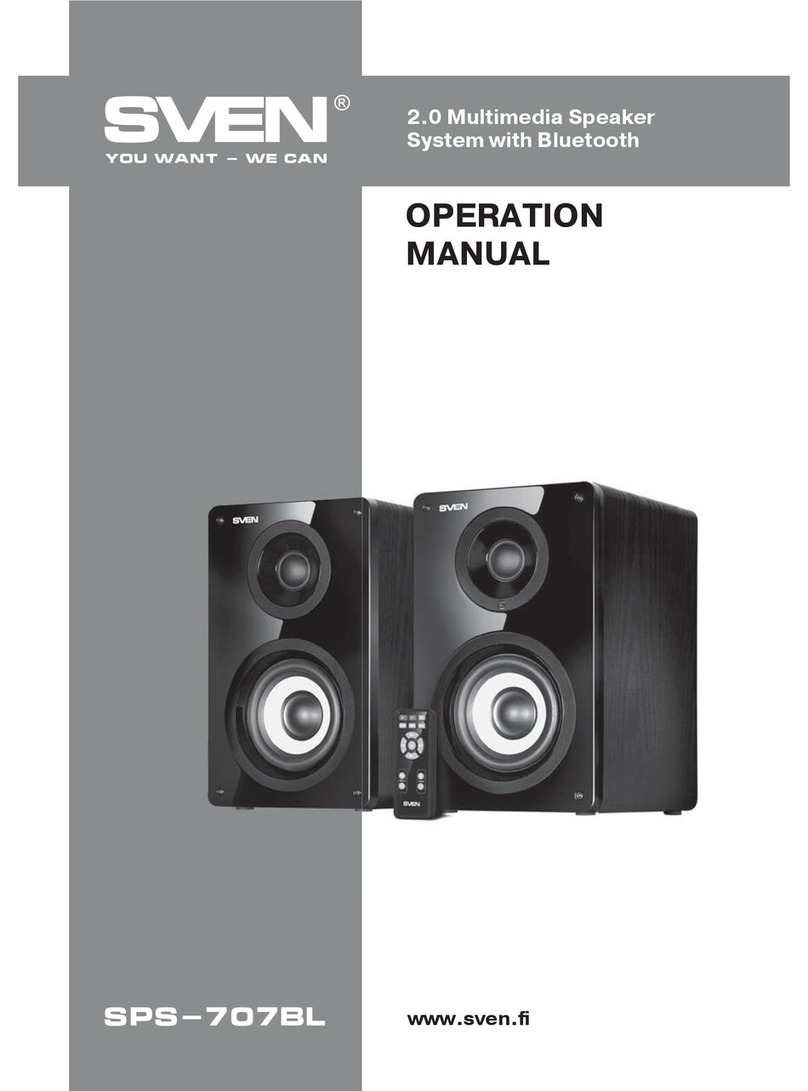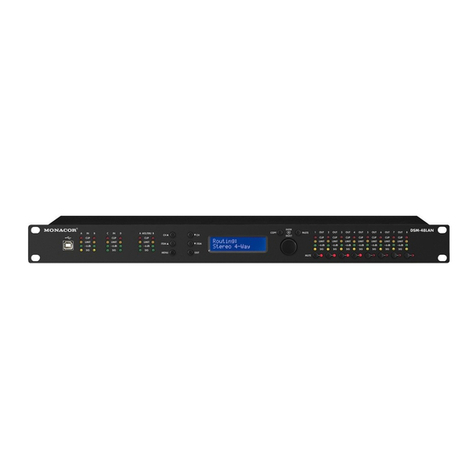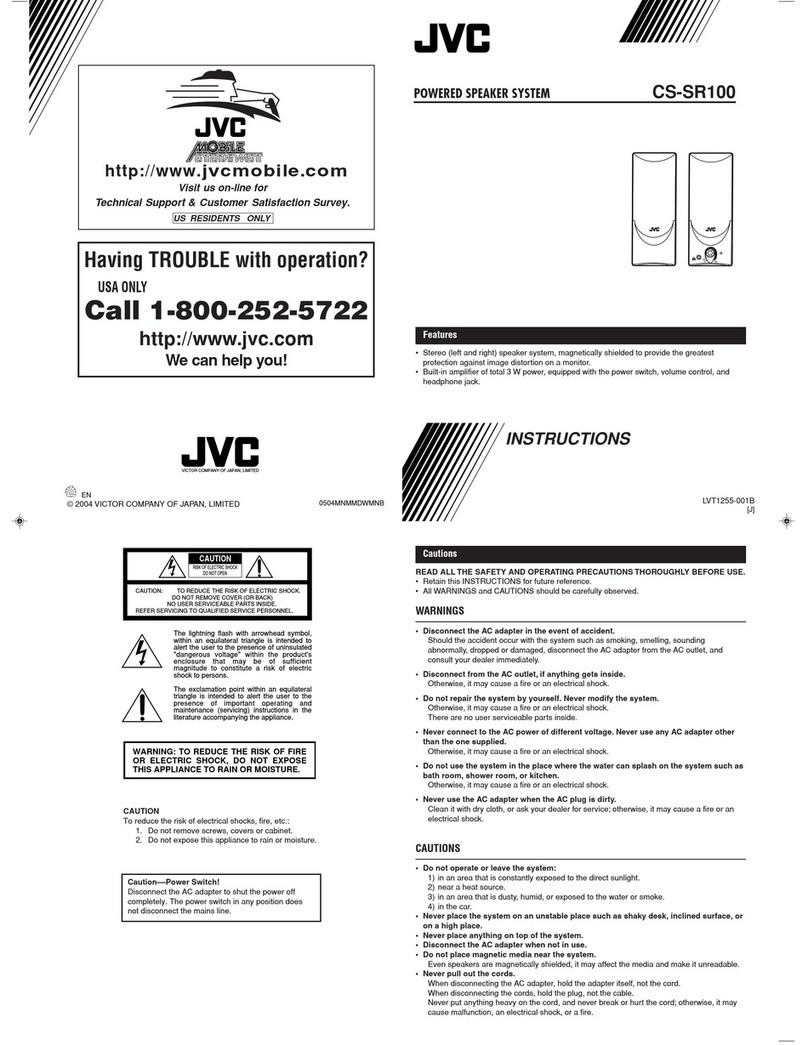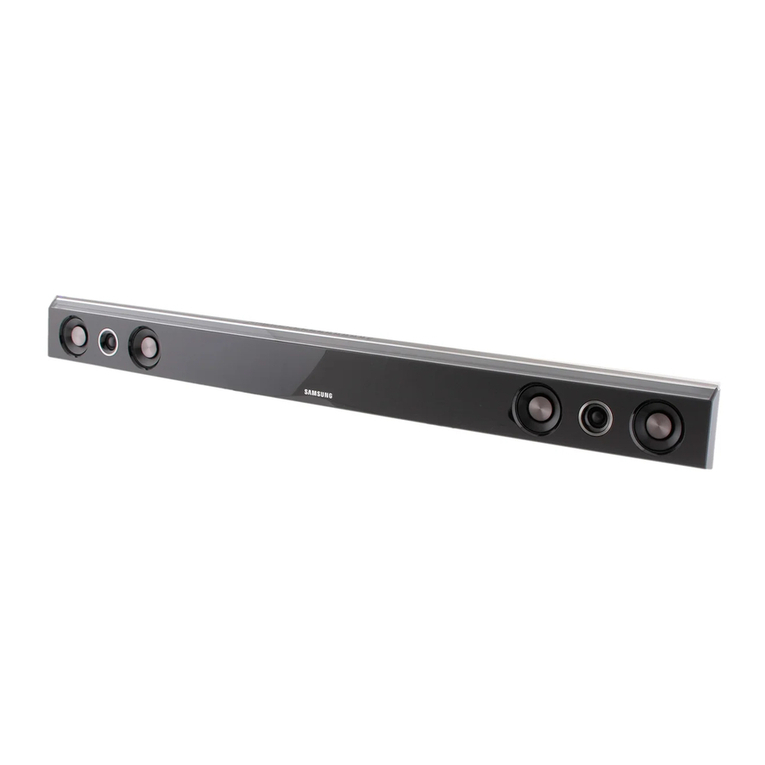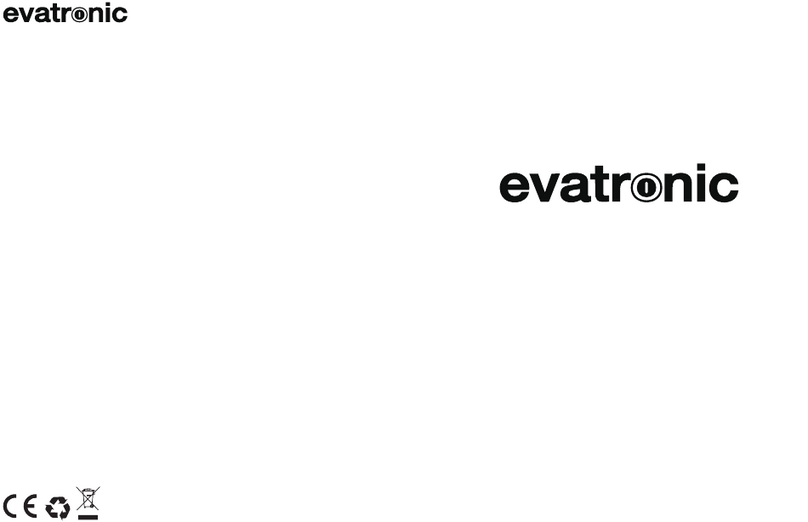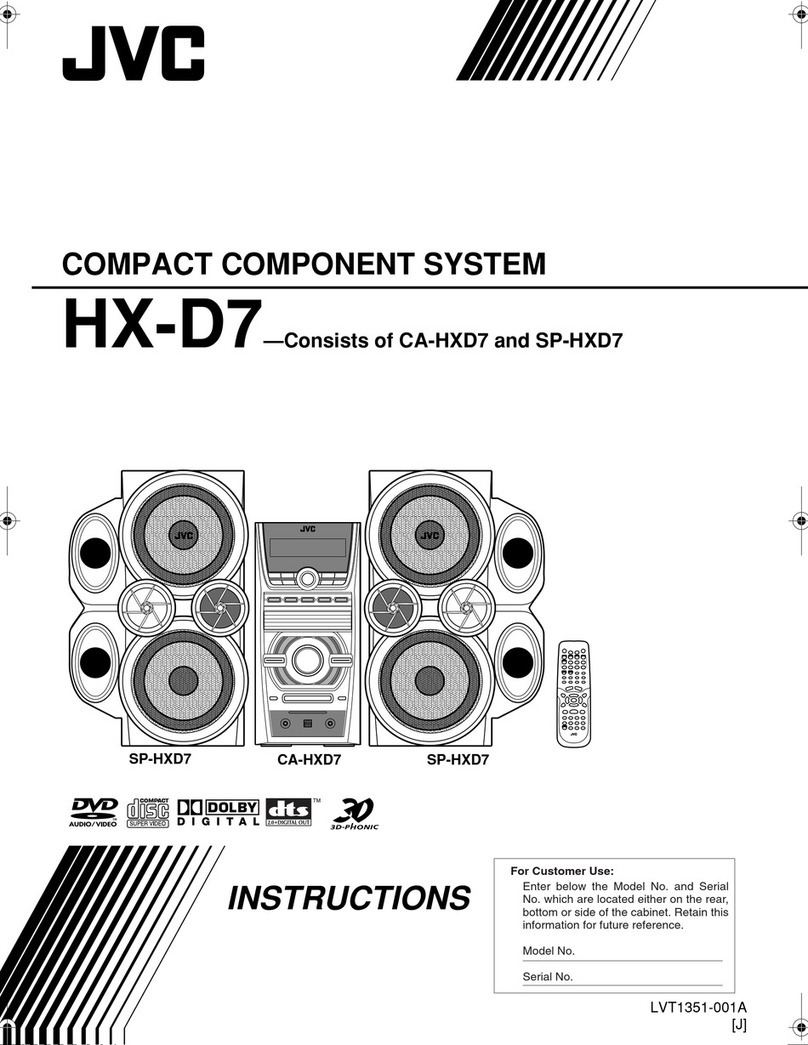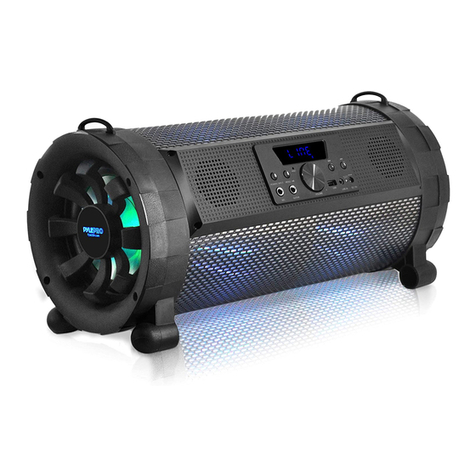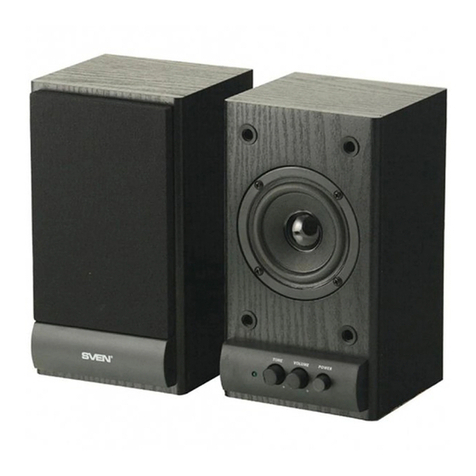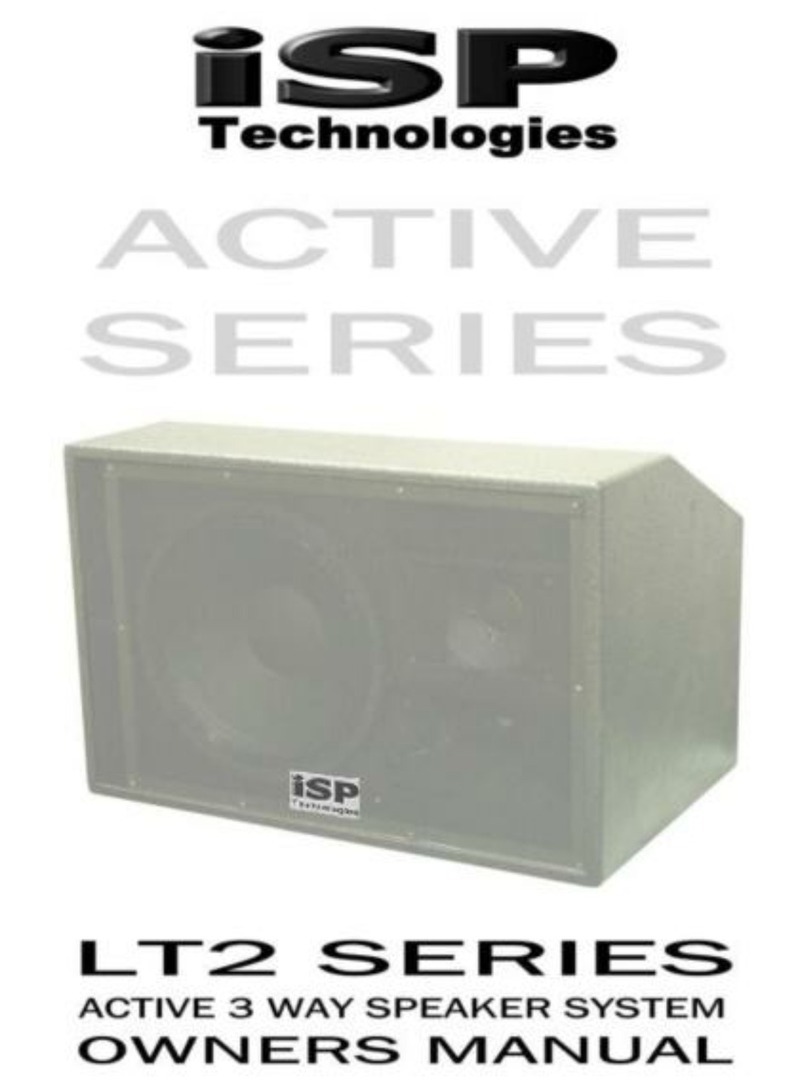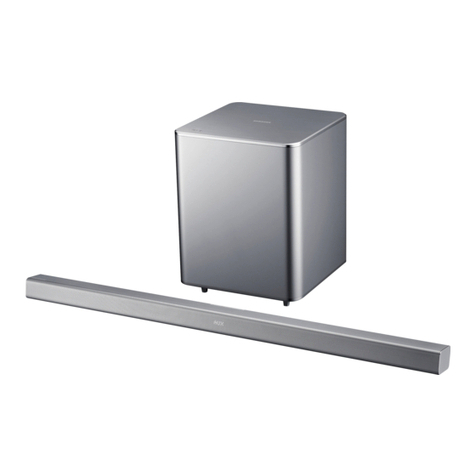The Amplifier
Ideally the loudspeaker would be among the first
components selected when assembling a playback system. This
would allow the user to choose an amplifier capable of delivering
adequate amounts of current into the frequency dependent load
presented by the loudspeaker. However, when upgrading a
system, audiophiles may find themselves matching their new
loudspeakers to their existing amplification. For this reason,
extensive measures have been taken to ensure that each Legacy
speaker system represents a smooth, non-reactive load to virtually
any amplifier.
Often there is much confusion regarding amplification and
loudness levels. It should be understood that the role of the
amplifier goes beyond that of driving loudspeakers to a given
sound pressure level. The amplifier should be able to CONTROL
the loudspeakers across the entire music spectrum. This means
that parameters such as damping factor (values greater than 60
are acceptable) and dynamic headroom should not be overlooked
when comparing amplifiers.
How much power will your new speakers need? That
ultimately depends on your listening environment and musical
tastes. As little as five watts per channel should drive them to a
level satisfactory for background music. A typical 45 watt per
channel receiver may fill a room with the compressed mid-band
energy of “heavy metal,” but seem to lack weight or control with
classical recordings. Some audiophiles feel that 200 watts per
channel is the bare minimum to avoid audible clipping distortion
when reproducing music at “live” playback levels. Your Legacy
speakers are designed to take advantage of “high-powered”
amplifiers, so don’t be afraid to put them through their paces.
How much is too much power? Rarely is a drive unit
damaged by large doses of music power. More often than not the
villain is amplifier clipping distortion. Even through decades of
refinement, loudspeakers are still notoriously inefficient
transducers, requiring huge amounts of power to recreate the
impact of the live performance. Typically less than 1% of
electrical power is converted into acoustic output. For example,
an omni-directional transducer with an anechoic sensitivity of 90
dB @ 1w/1m has a full space efficiency of only 0.63%. When an
amplifier is unable to fulfill your loudspeakers demands, a
damaging harmonic spike may be leaked to the high frequency
drivers.
Another important point regarding loudness is that the dB
scale is a logarithmic one. This means that a 150 Watt amplifier
will potentially sound only twice as loud as a 15 Watt amplifier.
If all of this discussion of power and loudness seems a bit
abstract, consider the the example to the left:
The average acoustical power
developed by a person speaking in
a conversational tone corresponds
to a mere 0.00001 Watts. The
power that would be developed by
the entire population of the city of
New York speaking at once would
barely illuminate a single 100
Watt light bulb.
8
